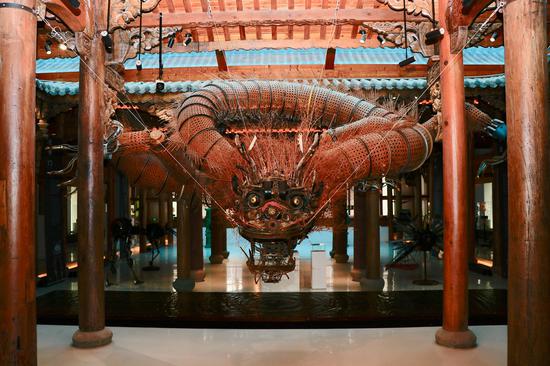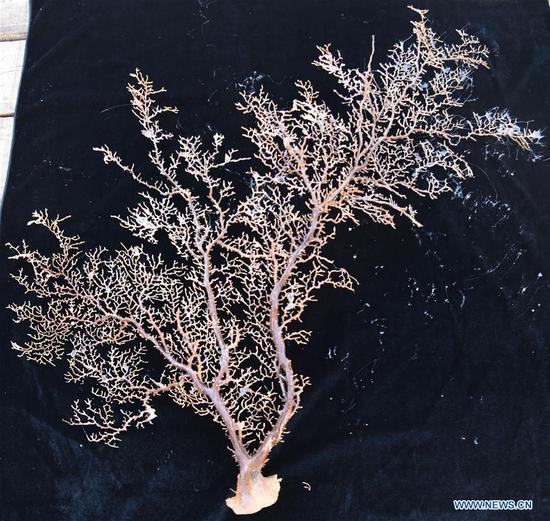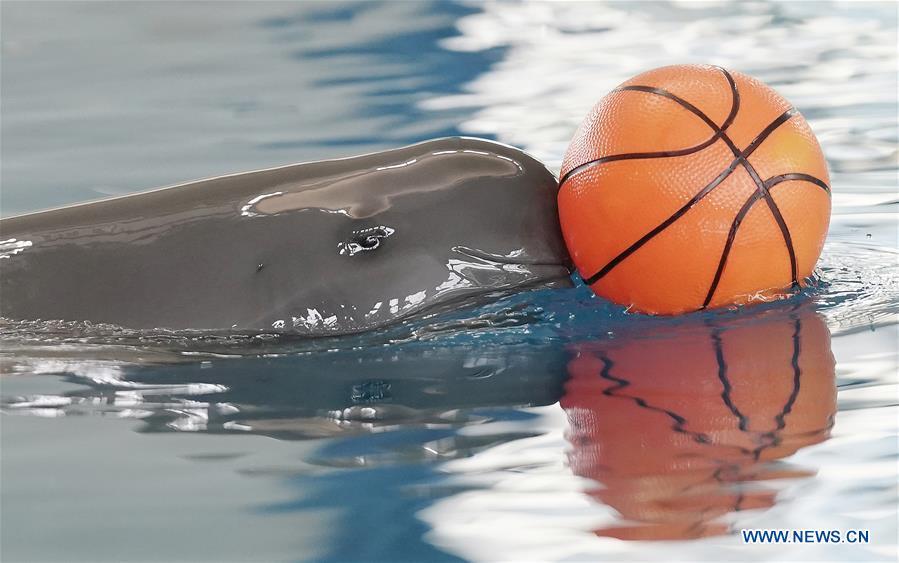
A little Yangtze finless porpoise code-named F7C plays in the breeding pond at the Institute of Hydrobiology under Chinese Academy of Sciences in Wuhan, central China's Hubei Province, June 2, 2019. The 1-year-old male finless porpoise, reproduced via an artificial breeding program, celebrated its birthday on Sunday. Rarer than China's giant panda, the finless porpoise is a mammal similar to the dolphin, and now teeters on the brink of extinction, with a population of around 1,000. (Xinhua/Cheng Min)

A little Yangtze finless porpoise code-named F7C plays in the breeding pond at the Institute of Hydrobiology under Chinese Academy of Sciences in Wuhan, central China's Hubei Province, June 2, 2019. The 1-year-old male finless porpoise, reproduced via an artificial breeding program, celebrated its birthday on Sunday. Rarer than China's giant panda, the finless porpoise is a mammal similar to the dolphin, and now teeters on the brink of extinction, with a population of around 1,000. (Xinhua/Cheng Min)
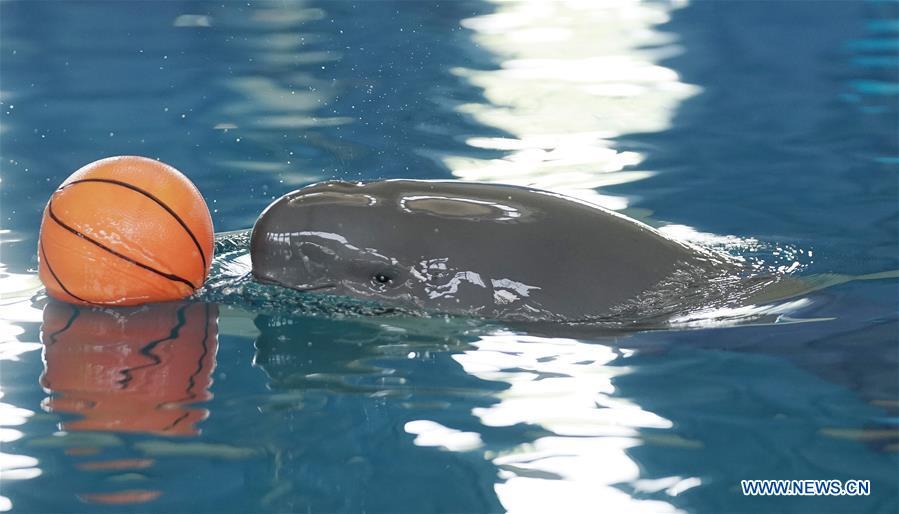
A little Yangtze finless porpoise code-named F7C plays in the breeding pond at the Institute of Hydrobiology under Chinese Academy of Sciences in Wuhan, central China's Hubei Province, June 2, 2019. The 1-year-old male finless porpoise, reproduced via an artificial breeding program, celebrated its birthday on Sunday. Rarer than China's giant panda, the finless porpoise is a mammal similar to the dolphin, and now teeters on the brink of extinction, with a population of around 1,000. (Xinhua/Cheng Min)
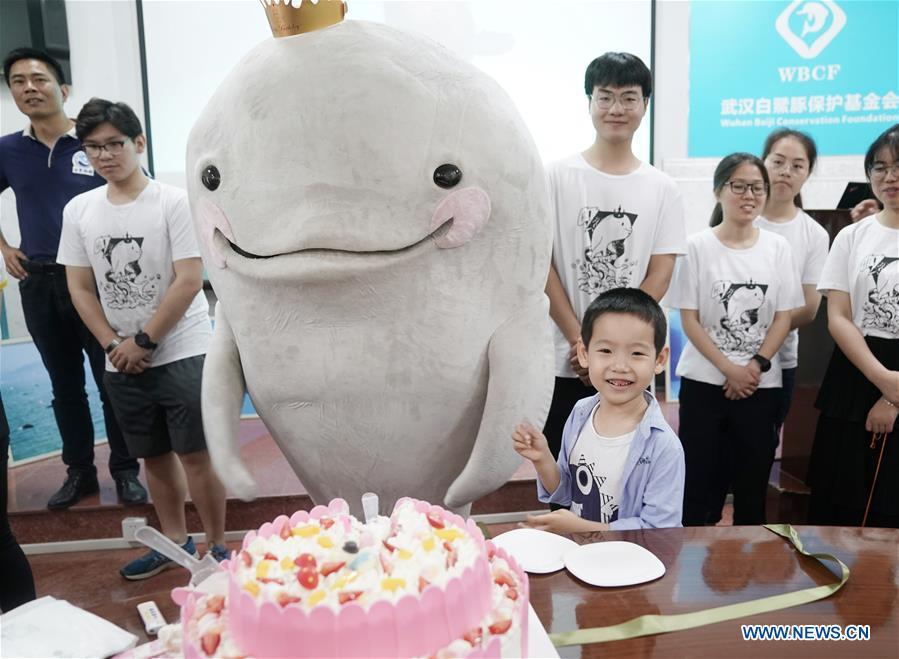
A birthday party is held for a little Yangtze finless porpoise at the Institute of Hydrobiology under Chinese Academy of Sciences in Wuhan, central China's Hubei Province, June 2, 2019. The 1-year-old male finless porpoise, reproduced via an artificial breeding program, celebrated its birthday on Sunday. Rarer than China's giant panda, the finless porpoise is a mammal similar to the dolphin, and now teeters on the brink of extinction, with a population of around 1,000. (Xinhua/Cheng Min)












